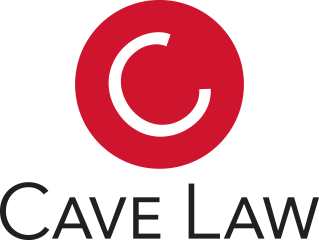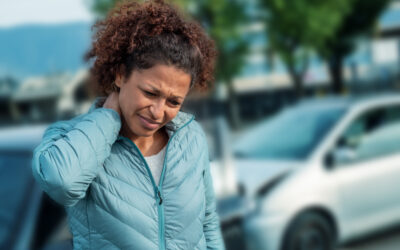Almost every auto accident involves two parts: property damage and bodily injury. Today, we’ll discuss the property damage portion of an auto accident claim.
Your situation (and how your insurance company proceeds) may differ, so the below information is used as a general guide.
What’s covered in property damage liability?
If the accident was entirely someone else’s fault, you’re entitled to payment for any damage done to your car; this also includes compensation for personal belongings and property that were in your vehicle at the time of the accident.
Examples of personal property include electronic devices, clothing, eyewear, sports equipment, or other items in the vehicle at the time of the accident that was damaged or destroyed. Things that may have been lost or stolen from your car are not covered.
How am I compensated for damages?
1. Liability Coverage under the At-Fault Driver’s Insurance
If the other person’s insurance company accepts fault for the accident, they will generally pay an industry-standard amount to have your car repaired. Unfortunately, insurance companies often take days or weeks to decide whether to accept fault in the accident. Therefore, your car may not be repaired promptly. The attorneys at Cave Law can sometimes help speed this process along.
2. Collision Coverage through Your Own Auto Insurance
Using collision coverage through your auto insurance is sometimes the fastest and easiest way to get your car repaired. Your car repairs will be paid out from your insurance policy regardless of who is at fault in the accident; you pay any deductible upfront, which will return to you if the at-fault driver’s insurance company repays your insurance company.
You may also be responsible for any rental car fees when your car is repaired if you do not have rental reimbursement coverage under your policy.
3. Uninsured Motorist Coverage under Your Insurance
Suppose the person who caused the accident does not have an auto insurance policy or cannot be found or identified (i.e., hit and run). In that case, you are protected under your insurance policy’s uninsured motorist coverage. Depending on the type of accident, you may be responsible for paying a deductible.
How do I get my car repaired?
Once it’s determined which insurance company will pay for the damages, we need to figure out how and where your car will be repaired. At this stage, you’ll have lots of communications with the insurance company. This is where it pays to hire us – we can handle all of the communication so you don’t have to!
1. If your car is drivable:
Contact the other driver’s insurance company to ask for an estimate of the cost of repairing your car. An insurance adjuster may schedule a time to inspect your vehicle, or you may be asked to take your vehicle to the insurance company’s location. After getting an estimate from the insurance company, take your car to a body shop of your choice for a second estimate.
If the body shop estimates your car cannot be repaired for the amount calculated by the insurance company, ask the body shop manager to call the insurance company on your behalf. The insurance company will likely issue a check to the body shop to pay for the repair of your car.
Some insurance companies do not have local adjusters and will ask you to get 2-3 estimates. They will then want to issue a check for the lowest estimate.
2. If your car is not driveable:
Your car will be towed from the scene to either the police impound lot or an insurance impound lot. If your vehicle is towed to police impound, the insurance company will need your permission to move it to one of their lots.
The insurance company will then assign an adjuster to estimate the damage to your car. If your vehicle has been towed to a repair shop or salvage yard, it is essential to have your vehicle moved as quickly as possible to the body shop of your choice. Most of these locations charge a daily storage fee that you may be responsible for paying.
3. What if my car is “Totaled”?:
A car that costs more to repair than it was worth before the accident is considered a total loss. The insurance company will compare the amount your car could have been sold for before the accident (fair market value) to the estimated cost of repairing your vehicle (plus rental charges and salvage value) and pay you whichever amount is less. The fair market value of your car is determined by the current price for a vehicle similar to yours as listed by area car dealerships, newspapers, car value books, and websites. Keep in mind that fair market value is negotiable.
If your car is declared a total loss, you have two options:
- Accept the total loss value of your car minus the salvage value. You keep your car.
- Accept the total loss value of your car plus the salvage value. To do so, you’ll be required to sign your car title over to the insurance company. You may also be asked to sign a power of attorney so the insurance company can dispose of your car.
Rental Cars
While your car is being repaired or you are waiting on payment for a car that is a total loss, you may want to rent a car. The insurance company will reimburse you if
- the rental is comparable to your vehicle
- rented at a reasonable price
- for a good amount of time.
Often, once an insurance company has made an offer to either repair your car and declare it a total loss, they’ll give you a set time frame to respond. Once that time expires, the insurance company will likely stop paying for a rental.
Hire a Property Damage Lawyer
Have you been involved in a car accident? At Cave Law, we have a team of experienced personal injury attorneys who are ready to help. We value our clients and handle each case with utmost care and professionalism. Ensure you reach out today to speak to a specialized Denver property damage lawyer with years of experience in the field.





